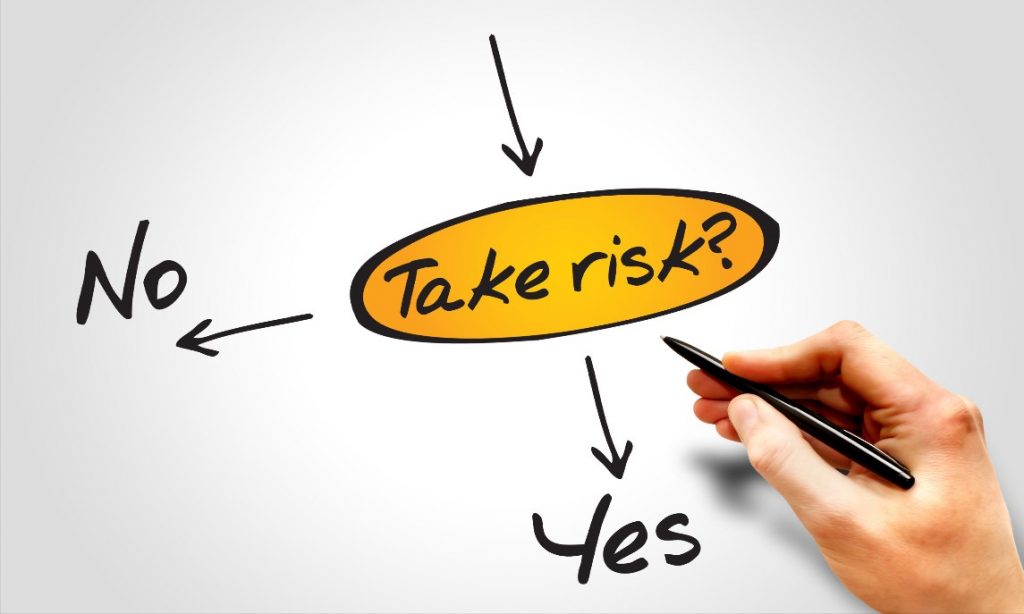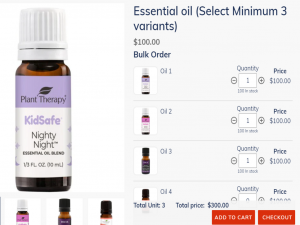
According to IBIS World, the annual rate of the market’s size has grown by 3.8% in wholesale trade in the United States from 2017 to 2023.
So it is undeniable that the wholesale business sector has grown in recent years. With a growing industry comes a few more risk factors. In the same way, the wholesale business has some problems and risk factors.
In the sector of businesses facing challenges in common, it can be both wholesale and retail businesses. Wholesalers and retailers are both related to the business purpose of selling and purchasing goods. They bring products from their respective preferences or imported from many locations and countries to the open market, making them easily available to consumers.
However, wholesalers and retailers mainly go through different risks and challenges. In this article, we will focus on the risk factors of the wholesale business.
What Are The Major Risk Factors of a Wholesale Business?
Risk factors are present in every business. Running a business is difficult, and being a B2B wholesaler is even more difficult. Here are a few danger factors to be aware of.
- Inventory management and property damage
- Supply issue
- Product quality accountability
- Tracking of essential data
- Product Missing issues
#1 Inventory Management And Property Damage
In a wholesale business, inventory management is always challenging. However, a wholesaler can find a more cost-effective solution to this highly complex problem.
Inventory management is important in the wholesale distribution business since it requires a large amount of inventory storage. However, a wholesaler cannot accurately assume how many things will be sold. As a result, their major responsibility is to prepare the warehouse with a large number of items.
According to Vradian, 77% of businesses lose sales because of poor inventory management, and more than 60% of wholesalers usually hold more than one month’s supply of inventory.
However storing a massive amount of goods is risky because any terrific circumstances like fire, water, or other unexpected occurrences can destroy a wholesaler’s inventory and property as well. To decrease the chances of this kind of risk, a wholesaler needs to issue insurance or other emergency plans; otherwise, they could face a supply issue as well.
#2 Supply Issue
A wholesaler sells products to a retailer, but before they sell, they collect products from the manufacturer because all wholesalers are their suppliers. In such a case, if a wholesaler fails to collect and deliver the product on time, it will hurt the business’s reputation. A wholesaler should choose a supplier wisely, who can supply quality products on time.
#3 Product Quality Accountability
Usually, wholesale businesses collapse because they cannot gain clients’ trust and attention, which creates a barrier to establishing better relationships. To win the trust and loyalty of customers, a wholesaler needs to follow some strategy in the case of pricing and product quality.
Wholesalers, whether manufacturers or not, are primarily responsible for their products in a B2B business.
Suppose, if you sell a damaged product to a retailer and it returns to you, then the loss will be counted on your side. So the product quality should be up to the mark, and for the best outcome, your labor should check the product before receiving it from the supplier.
In these cases, you can follow some steps:
- Check the quality control systems and marketing practices of the supplier you are buying from, and make sure you are keeping updated on every modification
- Gather information about the supplier’s insurance, such as certificates and licenses. To get authentic information, you can examine your competitors’ order history
- Make sure that the terms of service in supplier contractual arrangements are transparent, lawful, and acknowledged by all parties
- Keep track of how much money you are making and how much you are paying
#4 Tracking of Essential Data
In an eCommerce wholesale business, tracking every piece of data is important. Because the wholesale business market is becoming more competitive, the business should be modified in its way of gathering data to be more competitive than its competitors.
Storing data in spreadsheets or paper files is no longer enough nowadays because it can cause the loss of important data. On the other hand, case study data of your competitors can help you decide on your investment area.
So, to protect eCommerce wholesale businesses from these types of obstacles instead of depending on tools and data, self-inspection has no alternative. You must know everything about your business’s loss, profit, investment, employees, competitors, and all.
But the matter of fact is that you do not need to be worried about it. Let’s learn about the solution to these risk factors.
#5 Product Missing Issues
Usually, wholesalers order products in bulk. For them, it is very common that some products might go missing. This occurrence can happen intentionally or unintentionally by employees. Moreover, this is a reflection of weak inventory and employee management. Make sure, you are keeping track of the arrival of products, and additionally, an anti-theft system could be helpful.
Solution of The Risk Factors of Wholesale Business

Due to the higher conversion rates, B2B e-commerce is becoming more cost-effective than the more established B2C side. Compared to B2C conversion rates of 3%, the overall B2B conversion rate in e-commerce is 10%.
So, by thinking about conversion rates and profits wholesalers are finding solutions to keep running their business. Here are some:
- Set a minimum order quantity
- Track the cost of buying and selling goods
- Know your customer demand
- Maintaining Profit margin
- Inventory tracking
#1. Set A Minimum Order Quantity (MOQ)
Setting a minimum/maximum order quantity can save your wholesale business from improper inventory management because MOQ is the process that encourages retailers to buy the minimum quantity that you have set.
If you have a product that you are selling to retail clients who are buying in smaller quantities, in these cases, the best approach to doing business with MOQ items is to sell a product at a lower price than the usual one with a decent minimum amount. This approach attracts customers because most look at the price, not the quantity. To know more read the importance of minimum and maximum order quantity in the wholesale business.
For instance, if you are a B2B wholesaler on Shopify, you can use this approach and make this process more effective by using a bulk order application.
#2. Track the Cost Of Buying And Selling Goods
To have a better understanding of product profitability, you must first track the expenses of products sold. This term is known as “cost of goods sold” (COGS).
A good accounting system is one of the most important to keep track of all expenses. To keep track, instead of waiting until the end of the week to obtain a COGS report, you may view it at any time during the week.
It will help you to see the cost ratio frequently.
#3. Know Your Customer Demand
Overstocking and improper inventory management are harmful to your wholesale business. On the other hand, failing to fulfill customer demand also has a negative impact, so solve this problem by identifying fast and slow-selling goods and past MOQ records.
Other additional steps are:
- Adding CTA button
- Do Effective Email Listing
- Concentrating on CRO
- Offering Customers A Different Custom Bundle of Wholesale Products
#4. Maintaining Profit Margin
To track the profit margin, the usage of a data analytic tool is useful. With the help of this tool, you can analyze competitors’ categories and overview, which is helpful for wholesale businesses. You may discover loss-making things, low-margin products, and successful products.
Moreover, wholesalers need to be cautious before giving any discount. To obtain the same outcome as a 10% discount on a product’s price, you will need a 25% increase in sales. Discounting significantly impacts the bottom line, so ensure you are aware of this.
But which products are best for selling wholesale? Read here.
#5. Inventory Tracking
Inventory management’s top priority is to provide enough supplies to meet customer demand without adding extra inventory as possible. If you are a wholesaler, keeping an eye on inventory is important. Note down how many products are sold, how many products are in stock, and how much you need to restock. But, try to satisfy your customers with your existing inventory, and do not forget to keep a safety stock.
Unfortunately, sometimes it becomes difficult to keep track of an inventory if the inventory size is very large. In such cases, you can use a third-party inventory management application in your shop to cut the hassle of keeping track. Display available stock quantity for customers to see before placing an order and prevent any out-of-stock variant order. This way customers can order with confidence and reduce any quantity order which is not available in your stock. Let’s see an example-

Here is an example of an inventory management application, caller Multivariants. A store owner using this application can set restrictions according to his inventory stock, without restocking new products ( minimum of 3 for this particular product, but it could be a maximum of 3). Moreover, their customers can also see how much product is in stock, which helps meet the requirements of a wholesale business.
Bottom Line
To conclude, every business has its own risks, but it does not mean we will drop the idea of doing business or just become worried thinking about challenges. Proper inventory management and customer engagement can eliminate the majority of the complications and risk factors in the wholesale business.
